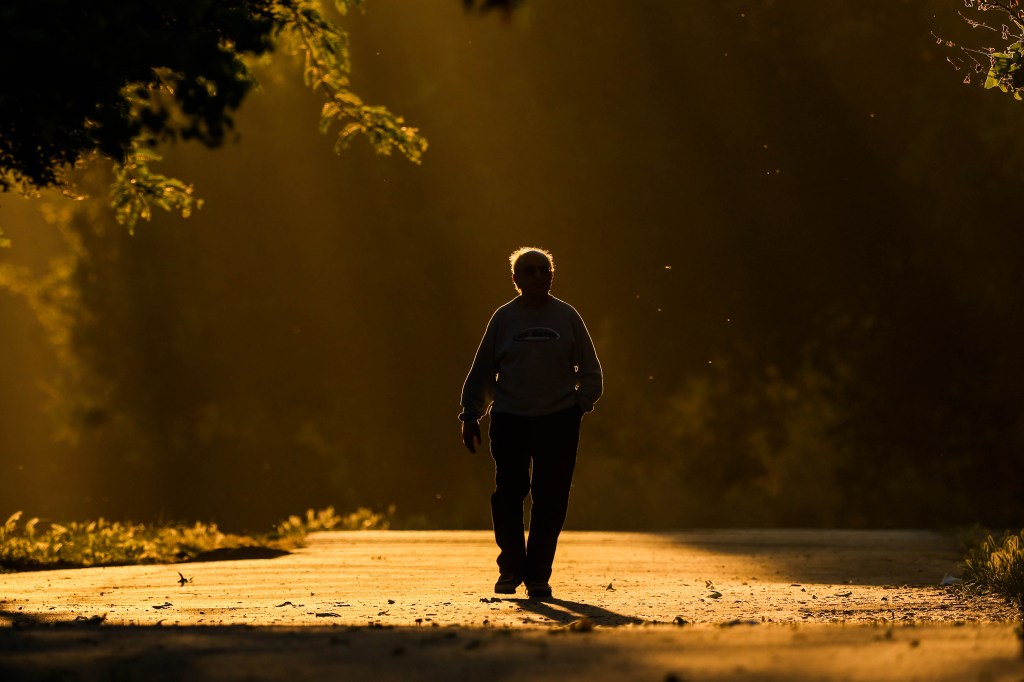
The Vacaville Fire Protection District has issued a public safety notice for hikers wanting to take on the Cold Canyon Trail at Stebbins Cold Canyon Reserve near Lake Berryessa: Hike at your own risk.
The UC Davis Stebbins Cold Canyon Reserve located in steep inland canyons, hillsides, and ridge-tops. It forms part of the Devil’s Gate Wildlands recreation area, and borders the southernmost tip of the Berryessa Snow Mountain National Monument.
“Cold Canyon trail is dangerous,” a social media post from the local rural fire district notes. “Over the past two years, two hikers have died on the trail due to heat-related illness and dehydration.”
One of those deaths occurred earlier this year, the poste notes.
“Earlier this year, Vacaville Fire Protection District responded to six separate hikers in distress calls in one day,” the post explains. “Tragically , one did not survive.”
But the trail remains a popular hiking destination and that means that during extreme summer conditions, the department is responding to Cold Canyon Trail nearly every week.
“Emergency response can be delayed by 45–60 minutes or longer due to the remote location, difficult terrain, and limited access routes,” the department warned.
The trail is a loop of 5 miles but hiking it can take as long as 4 to 6 hours of novice hikers and it includes an elevation gain of 1,300 feet, the fire district warned.
In addition, hikers face full sun exposure for long stretches with no shade, the hike is considered moderate to strenuous and cell phone signals are weak to none in most areas, meaning there is no way to call 911 in an emergency. If emergency services are reached, it could take up to an hour or more for emergency crews to reach a hiker in distress.
There are also hazards on the trail from extreme heat and dehydration to loose, steep terrain and wildlife hazards like poison oak, rattlesnakes, ticks, and even mountain lions.
For those who feel they are up to the challenge, the agency warns to take plenty of water and sunscreen, and start early in the day, never at midday.
The advised hikers to wear sturdy shoes and hat, know the symptoms of heat exhaustion and stroke and to act fast if symptoms arise. “Turn back if you feel unwell,” they noted.
In addition, “keep track of mile markers on your hike to be able to relay to emergency services,” they urged.
Originally Published:
<




